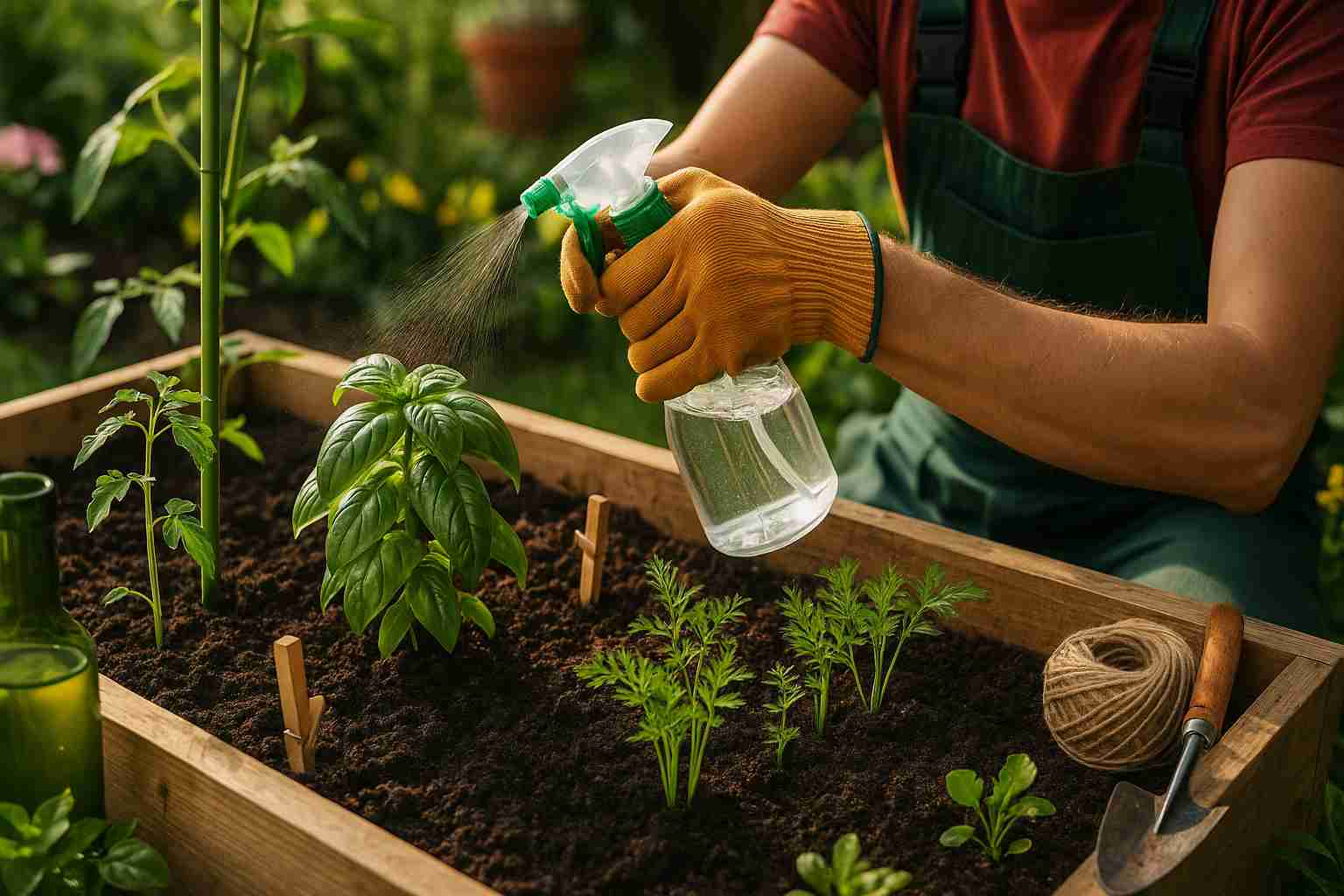A thriving garden isn’t just about buying expensive tools or exotic plants—it’s about smart techniques and little tricks that make your green space healthier, prettier, and easier to manage. From turning kitchen scraps into secret fertilizers to clever water-saving strategies, these DIY gardening hacks will elevate your garden into a true backyard oasis.
1. Use Coffee Grounds to Enrich Your Soil
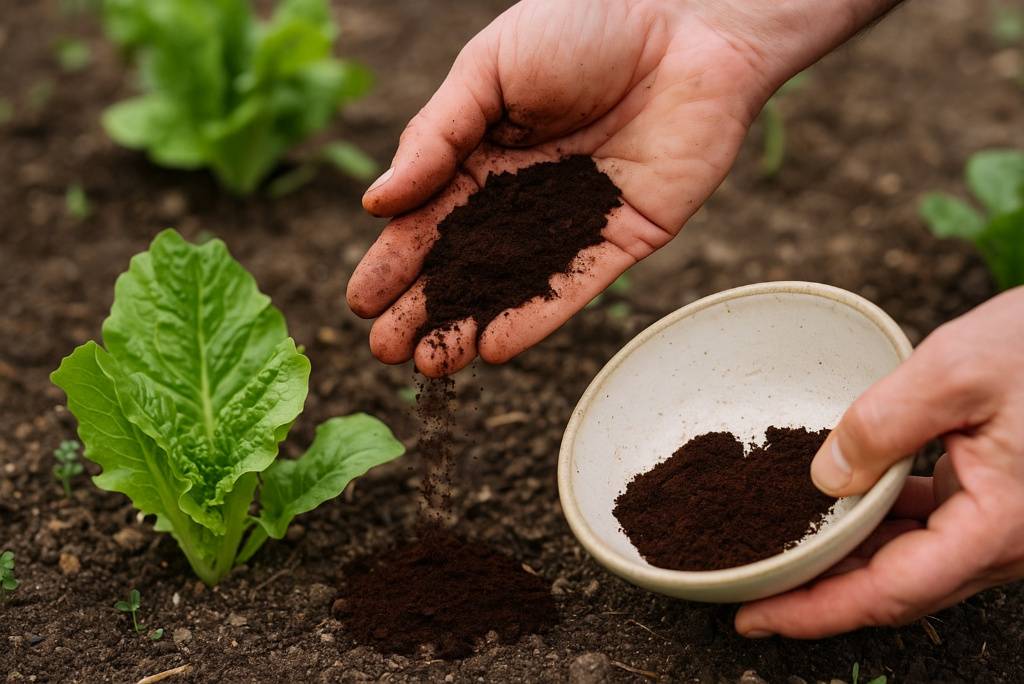
Coffee grounds are a gardener’s secret weapon. They’re rich in nitrogen—a crucial nutrient for plant growth—and they help improve soil texture and drainage. Simply sprinkle used coffee grounds around your plants or mix them into compost. They work particularly well for acid-loving plants such as roses, azaleas, and blueberries. However, moderation is key; excessive use can make soil too acidic for some plants. Plus, coffee grounds help deter slugs and snails thanks to their gritty texture. Learn more about how to use coffee grounds effectively from the U.S. Department of Agriculture.
2. Create DIY Self-Watering Systems with Plastic Bottles
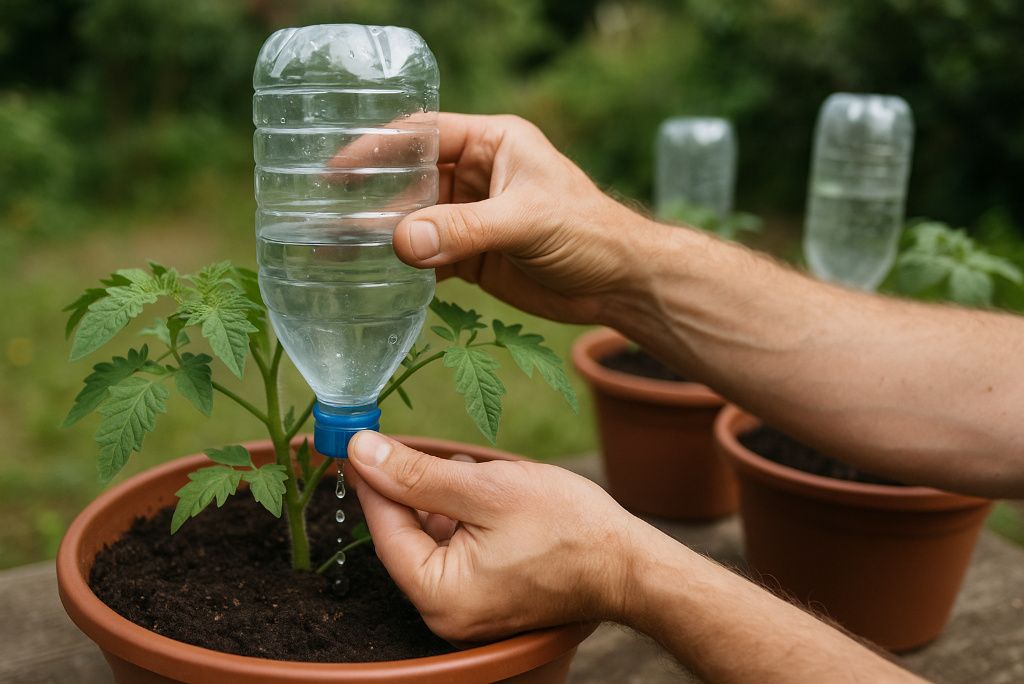
Forget expensive irrigation systems—turn used plastic bottles into self-watering devices. Simply poke small holes into a plastic bottle, bury it next to your plant’s roots, and fill it with water. Water will slowly seep out, hydrating the roots directly. This hack is perfect for tomatoes, peppers, and other thirsty crops. It’s also a lifesaver during hot weather or vacations when you can’t water daily. Studies show targeted watering reduces waste and boosts plant health. For tips, check out this article from The Royal Horticultural Society.
3. Start Seeds in Eggshells
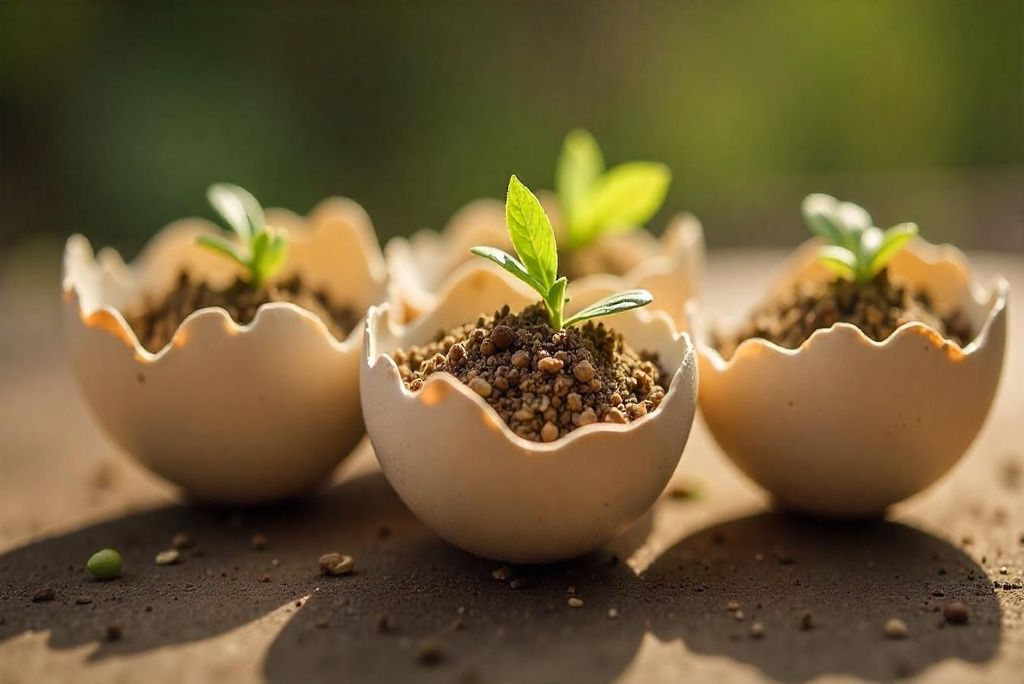
Eggshells act as perfect mini seed-starting pots. Rinse them out, fill with potting soil, and drop in a seed. Once seedlings grow strong enough, you can plant the entire shell directly into the ground. Eggshells decompose, adding calcium to the soil, which helps prevent blossom end rot in tomatoes and peppers. It’s also a fantastic way to reduce waste. Better Homes & Gardens has a helpful guide on this method.
4. Mulch with Newspaper or Cardboard
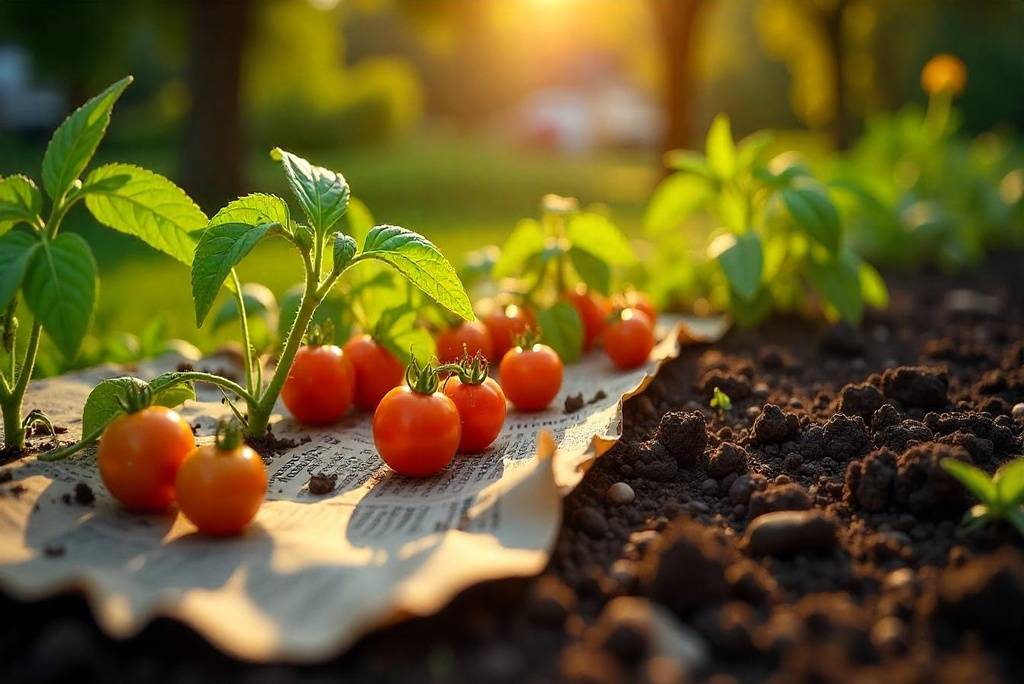
Newspaper and cardboard make excellent, budget-friendly mulch. Spread sheets around your plants, and cover them with straw or wood chips, and you’ll block weeds, retain moisture, and improve soil health as the paper breaks down. It’s a smart alternative to synthetic weed barriers. Ensure the ink used is soy-based, which is safe for gardens. Cardboard boxes from deliveries work perfectly. The University of Minnesota Extension highlights the benefits of organic mulching materials.
5. Repurpose Kitchen Scraps for Fertilizer
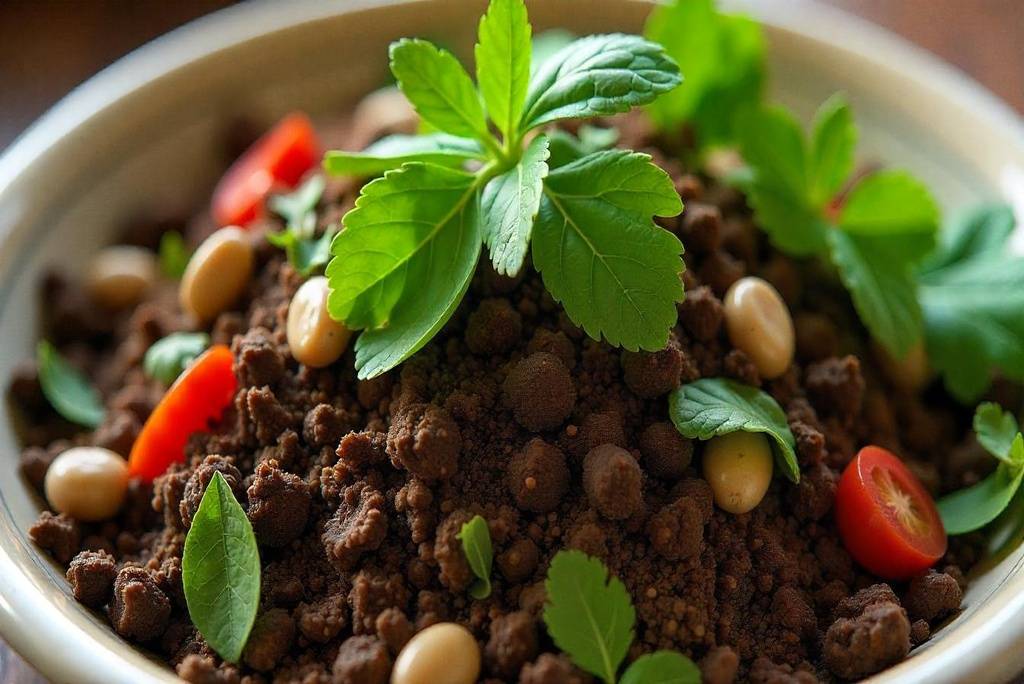
Kitchen scraps like vegetable peels, banana skins, and eggshells are gold for your garden. Chop them up and bury them around your plants to add nutrients slowly as they decompose. Banana peels, for instance, are loaded with potassium, which helps flowering and fruiting plants. Just avoid scraps like meat or dairy that attract pests. For more composting dos and don’ts, visit EPA’s composting basics.
6. Use Epsom Salt for Better Blooms
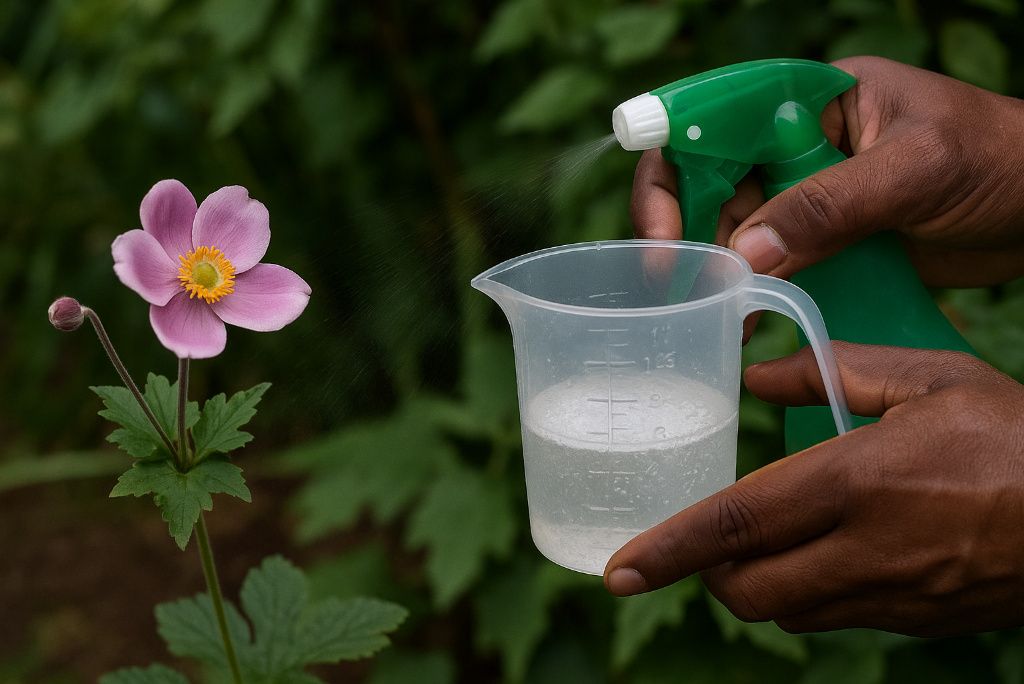
Epsom salt, a form of magnesium sulfate, boosts blooming in plants like roses and tomatoes. Dissolve one tablespoon in a gallon of water and use it as a foliar spray every couple of weeks. Magnesium helps plants absorb essential nutrients like phosphorus and nitrogen. However, always test your soil first, as too much magnesium can harm plant health. The National Gardening Association offers advice on safe Epsom salt use.
7. Grow Vertical to Save Space
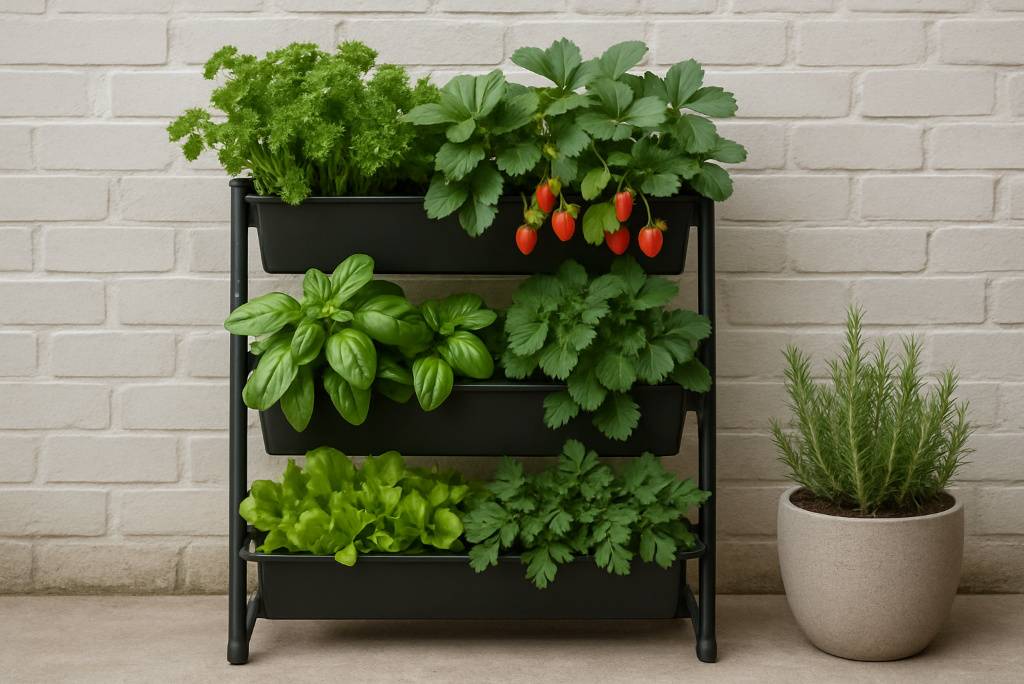
Small garden? Think vertical. Use trellises, shelves, or hanging baskets to grow beans, peas, cucumbers, strawberries, or even herbs. Vertical gardening maximizes space, improves air circulation (reducing disease), and adds visual interest. For DIY solutions, old ladders or wooden pallets make great structures. Vertical gardens can even improve yields for certain crops. Explore designs at Gardener’s Supply Company.
8. Save Seeds for Next Season
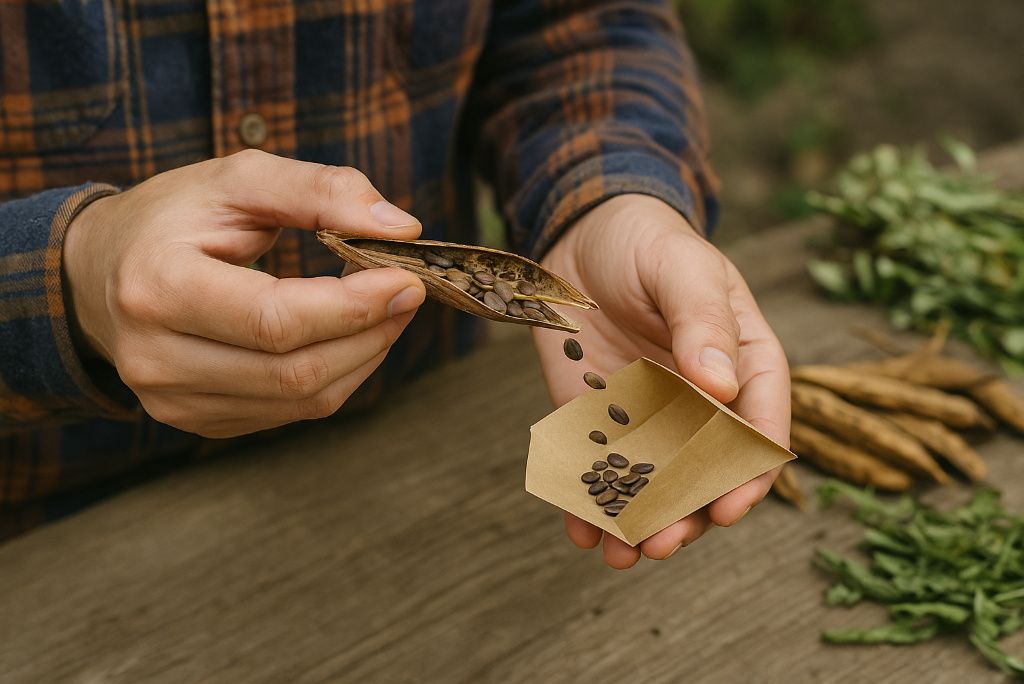
Saving seeds is both economical and sustainable. Let some of your healthiest plants go to seed, collect the seeds, dry them, and store them in paper envelopes in a cool, dry place. Seed saving ensures future crops are adapted to your local climate. Heirloom vegetables are perfect candidates. Check out this seed-saving primer from Seed Savers Exchange.
9. Make DIY Pest Sprays
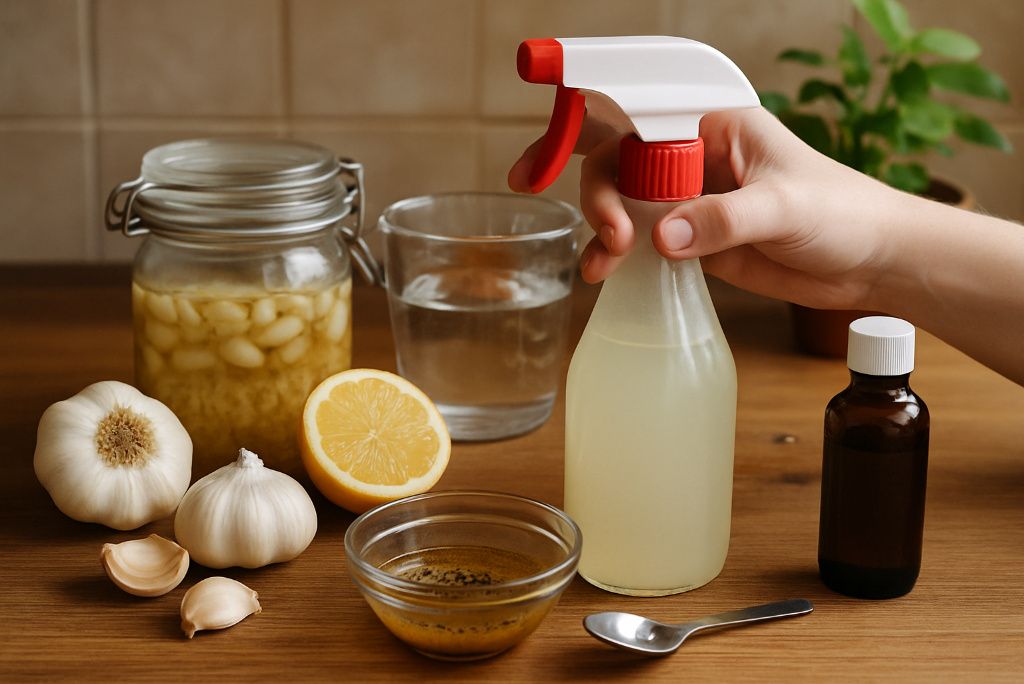
Natural pest sprays help keep bugs at bay without harmful chemicals. A simple mix of water, dish soap, and a bit of oil can deter aphids, mites, and whiteflies. For fungal issues, a baking soda solution works wonders. Try applying sprays to a small area initially to ensure they don’t cause damage. This method saves money and reduces the impact on pollinators. For recipes, consult University of California IPM.
10. Attract Beneficial Insects
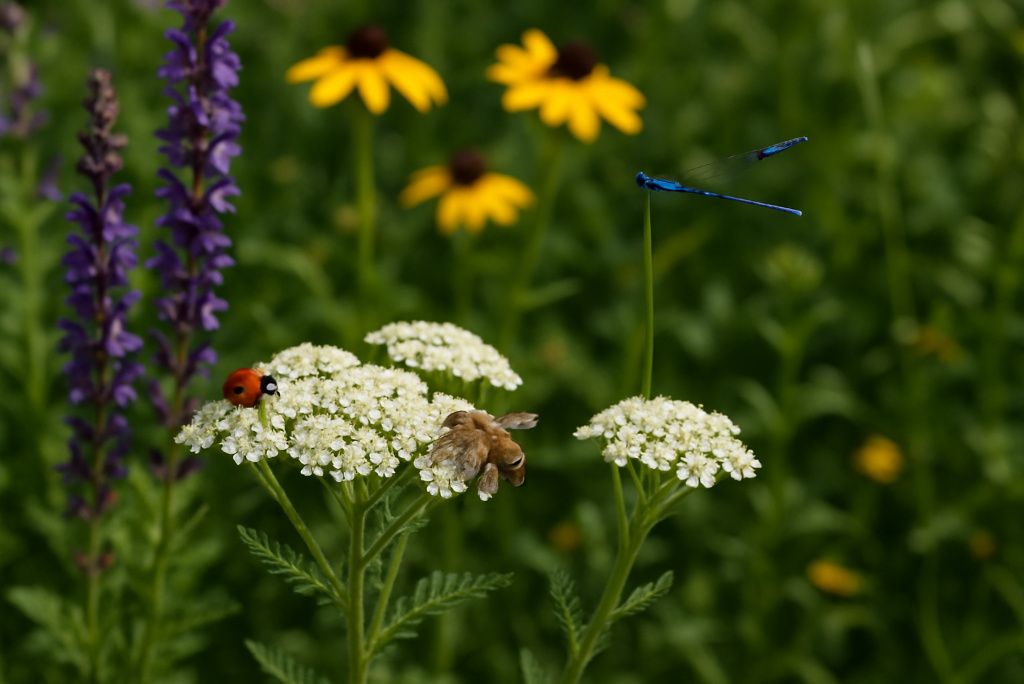
Ladybugs, lacewings, and bees help control pests and boost pollination. Plant flowers like marigolds, yarrow, and lavender to attract these helpful insects. Providing water sources and undisturbed spots for shelter also encourages them to stay. Avoid pesticides that harm beneficial bugs. The Xerces Society offers detailed guides on creating an insect-friendly garden.
11. Reuse Rainwater with Barrels
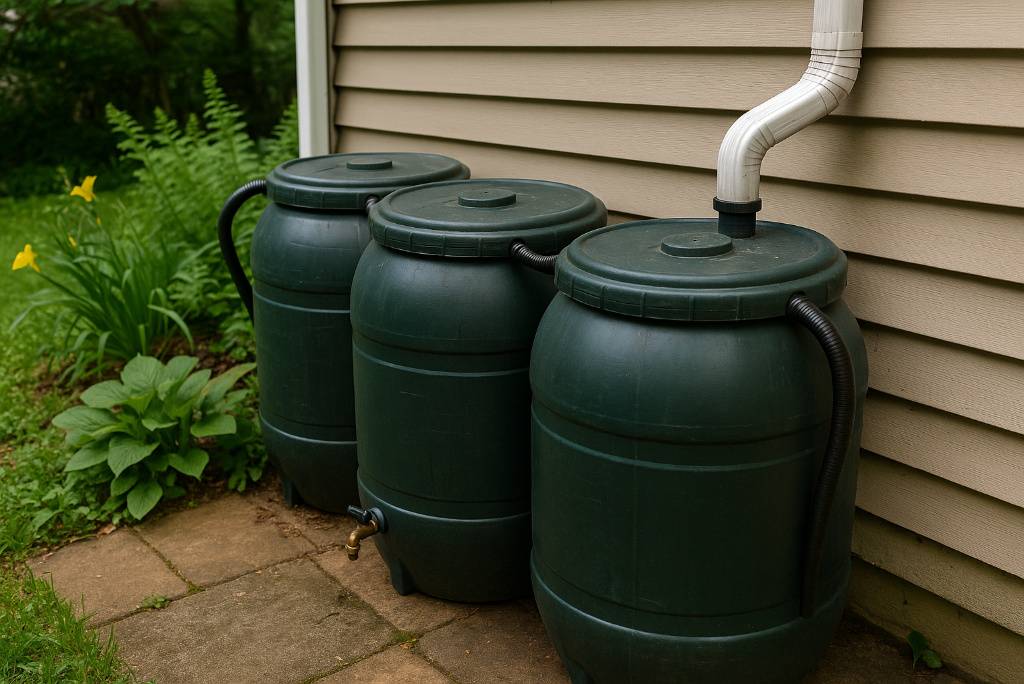
Harvesting rainwater reduces your water bill and provides chlorine-free hydration for plants. Install a rain barrel beneath your gutter’s downspout and use the collected water for garden beds or containers. It’s especially valuable in regions facing droughts. Be sure to check local regulations, as some areas have rules about rainwater harvesting. The EPA explains how to get started.
12. Use Baking Soda for Sweeter Tomatoes
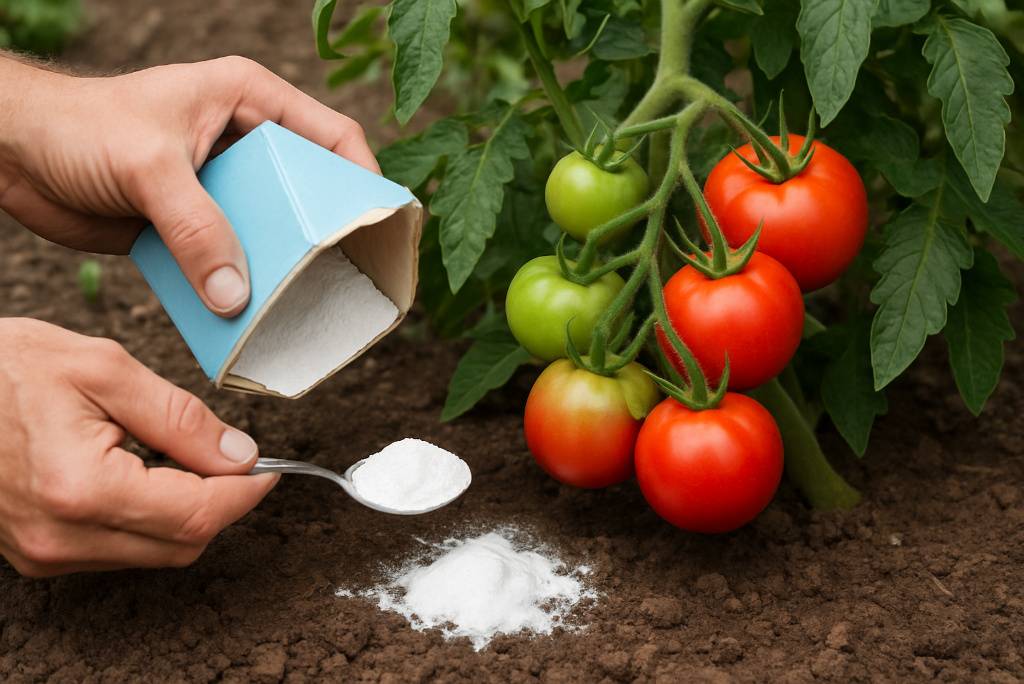
Baking soda reduces soil acidity around tomato plants, leading to sweeter fruit. Lightly sprinkle it on the soil surface and water it in. However, don’t overuse it, as excessive alkalinity can harm plants. This hack works best in soils that naturally lean acidic. Learn more from Clemson University Extension.
13. Grow Herbs on a Windowsill
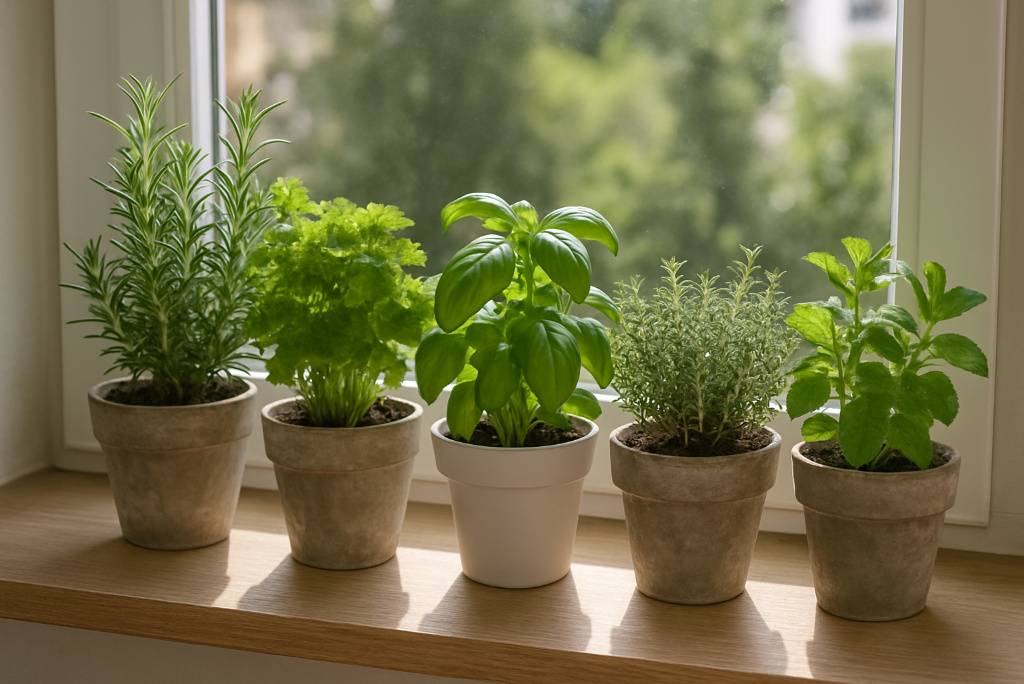
If outdoor space is tight, grow herbs indoors. Basil, chives, oregano, and mint flourish on sunny windowsills. Indoor herb gardens save money, reduce food waste, and freshen indoor air. Use small pots with drainage and rotate them for even sunlight. Herbs like basil are proven air purifiers, as noted by NASA’s Clean Air Study.
14. Keep Tools Sharp and Rust-Free
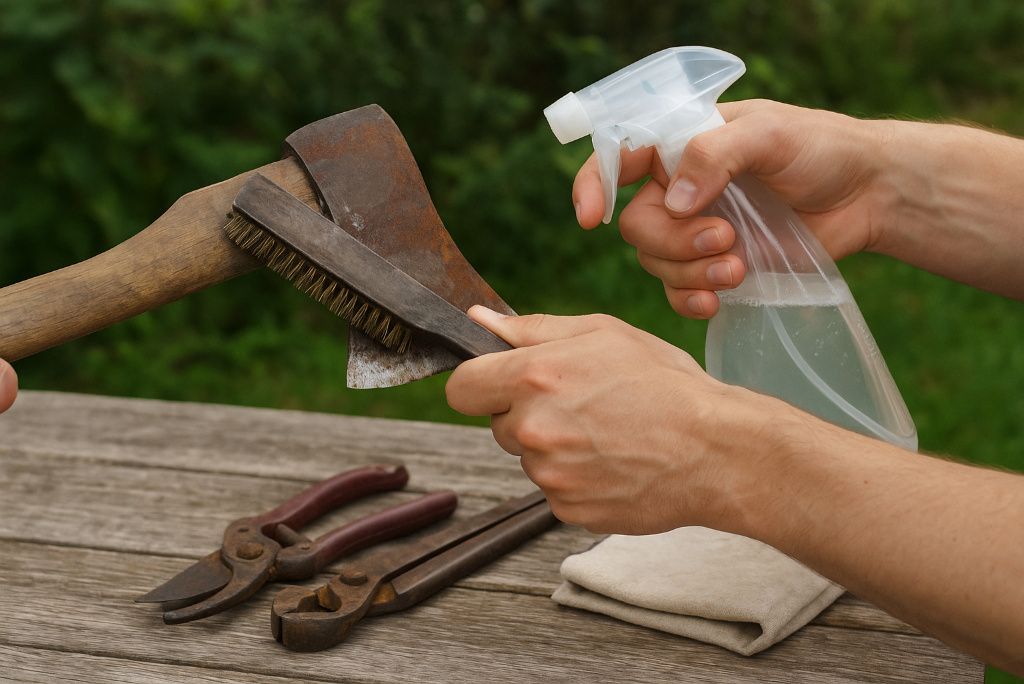
Sharp tools make gardening easier and protect plant health by creating clean cuts. After each use, rinse tools and dry them thoroughly. Rub metal parts with vegetable oil to prevent rust. A sharpening stone restores blades quickly. Regular maintenance prolongs the life of tools, saving money over time. The University of Florida IFAS Extension has a comprehensive guide.
15. Plant Companion Crops for Better Yields
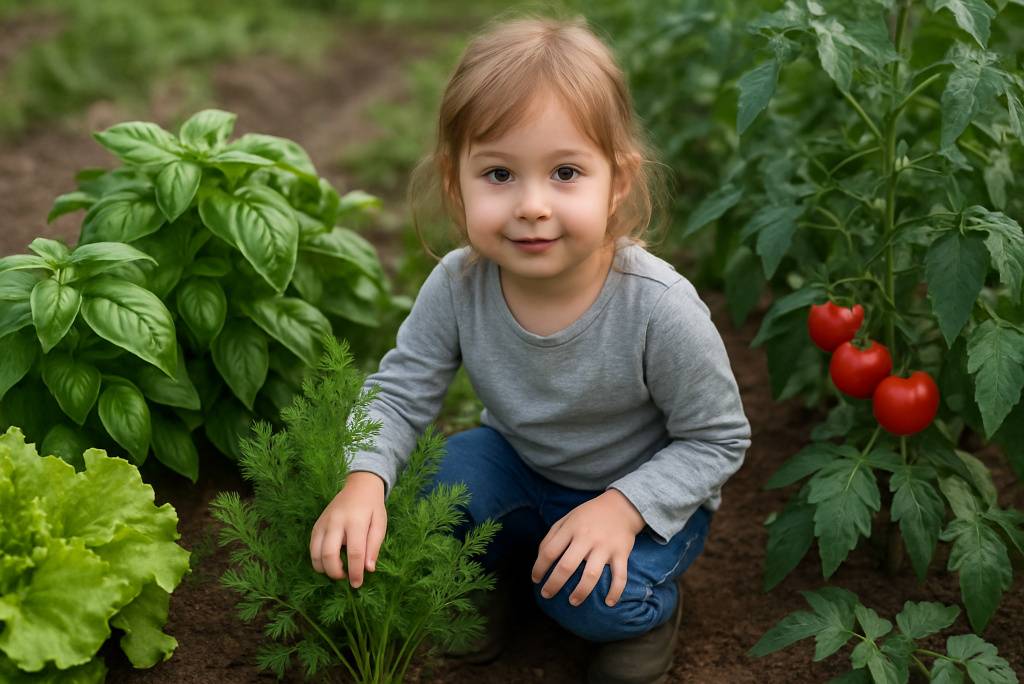
Companion planting improves pest control and plant health. For instance, plant basil near tomatoes to repel pests, or pair carrots and onions to confuse carrot flies. Marigolds deter nematodes in vegetable beds. This traditional method reduces chemical use and increases biodiversity. The Old Farmer’s Almanac has an excellent companion planting chart.
These DIY gardening hacks prove that you don’t need deep pockets—just a few clever ideas—to create a vibrant, productive garden. Try them out and watch your green space transform into your favorite place on Earth!

